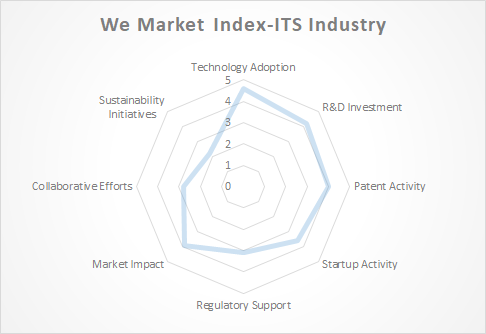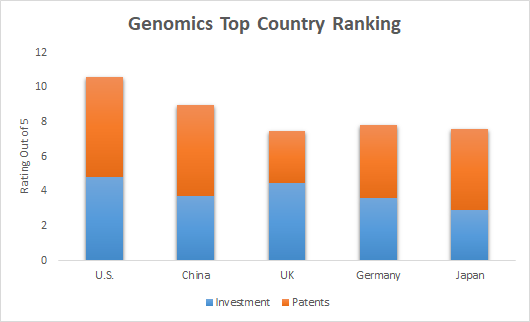A Synthetic Fiber Made from a Polymer - Acrylic Fiber
Acrylic fiber is a synthetic fiber that
resembles wool in many ways. It is made from a chemical compound called
acrylonitrile, which is derived from petroleum or coal. The acrylonitrile is
polymerized, meaning that the molecules are linked together to form long
chains. These chains are then extruded through a spinneret to form fibers.
Acrylic fibers are strong, lightweight, and
relatively inexpensive to produce. They are also soft, warm, and
wrinkle-resistant. These properties make them a popular choice for a variety of
textile applications, including clothing, carpets, blankets, and upholstery. There
are two main types of acrylic fibers:
·
Staple fibers:
These are short fibers that are typically used in spun yarns. Spun yarns are
made by twisting the fibers together, much like yarn made from natural fibers.
Staple acrylic fibers are often blended with other fibers, such as cotton or
polyester.
· Filament fibers:
These are long, continuous fibers that can be used to make fabrics directly.
Filament acrylic fibers are often used in carpets and upholstery.
Acrylic
fibers are derived from petrochemicals, raising concerns about their
environmental footprint. Efforts are being made to recycle acrylic fibers and
develop more sustainable production processes. They do not biodegrade easily,
contributing to landfill waste. Proper recycling and disposal methods are
crucial.
Acrylic
fibers are a versatile and widely used synthetic fiber with a variety of
applications in textiles and industrial products. Their properties make them an
excellent alternative to natural fibers, although environmental concerns and
sensitivity to heat are important considerations.
Major
Acrylic Fiber companies setting the standard for performance and quality that
never compares
Dralon GmbH: Dralon GmbH is a leading German company
specializing in the production of acrylic fibers. Their brand
"dralon®" is well-known for its high quality and versatility. They
offer a range of acrylic fibers for use in textiles, outdoor fabrics, and
industrial applications. Dralon fibers are recognized for their softness,
durability, and color retention. Dralon is known for its commitment to
innovation and sustainability, focusing on environmentally friendly production
processes.
Aksa Akrilik Kimya Sanayii A.Ş.: Aksa is one of the largest acrylic fiber
manufacturers in the world. Established in 1968, the company has grown to
become a key player in the global market. Aksa produces a wide variety of
acrylic fibers used in textiles, home furnishings, and technical applications.
Their fibers are noted for their quality, consistency, and performance. Aksa
places a strong emphasis on sustainability, incorporating eco-friendly
practices and technologies in their manufacturing processes.
Jilin Qifeng Chemical Fiber Co., Ltd.:
Jilin Qifeng is a major Chinese
manufacturer of acrylic fibers. The company has a significant share of the
global market and is known for its advanced production facilities. They produce
various types of acrylic fibers, including staple fibers and tow, which are
used in apparel, home textiles, and industrial products. Jilin Qifeng invests
heavily in research and development to enhance the quality and performance of
their acrylic fibers.
Taekwang Industrial Co., Ltd.: Taekwang is a leading South Korean manufacturer
of synthetic fibers, including acrylic fiber. They have a strong presence in
both domestic and international markets. Their acrylic fibers are used in
clothing, upholstery, and other textile applications. Taekwang is known for
producing fibers with excellent dyeability and durability. The company focuses
on continuous improvement and innovation, ensuring that their products meet the
evolving needs of customers.
Kaltex: Kaltex is one of the largest textile
manufacturers in Latin America, with a significant presence in the acrylic
fiber market. The company has a long history of producing high-quality fibers. They
produce a range of acrylic fibers for apparel, home textiles, and other
applications. Kaltex fibers are appreciated for their softness, warmth, and
vibrant colors. Kaltex is committed to sustainable practices, including the use
of renewable energy and waste reduction in their manufacturing processes.




